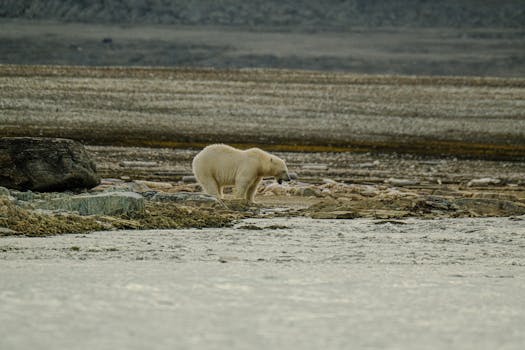
Climate change is one of the most pressing issues of our time, significantly impacting global ecosystems. As temperatures rise and weather patterns shift, ecosystems are forced to adapt, often at a pace that many species cannot match. In this article, we will delve into the various ways climate change affects ecosystems worldwide.
Understanding Climate Change
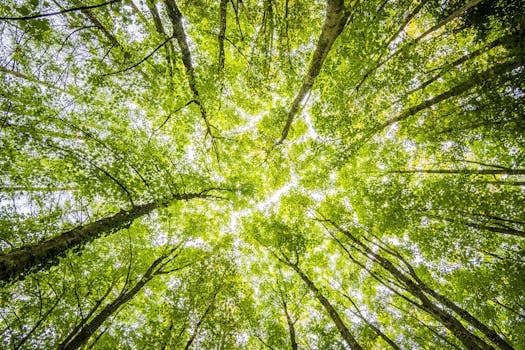
Climate change refers to long-term alterations in temperature, precipitation, wind patterns, and other elements of the Earth’s climate system. Recent studies indicate that human activities, particularly the burning of fossil fuels, have intensified these changes. The focus keyword, ‘climate change,’ is crucial for understanding the challenges faced by our planet’s ecosystems.
The Effects on Biodiversity
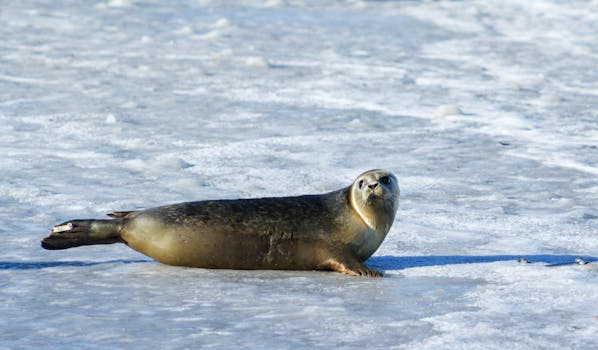
One of the most significant impacts of climate change is the threat it poses to biodiversity. Many species are experiencing habitat loss as temperatures rise. For instance, polar bears are losing their sea ice habitat, while coral reefs are suffering from bleaching due to increased ocean temperatures. This loss of biodiversity not only affects individual species but also disrupts entire ecosystems.
Changes in Species Distribution
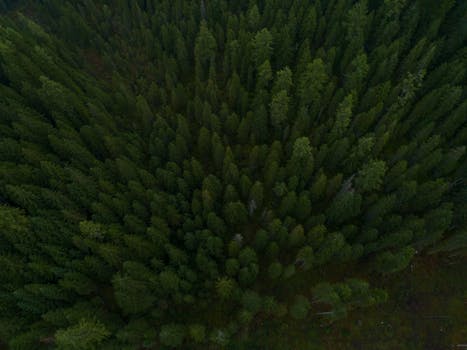
As the climate warms, many species are migrating towards the poles or to higher elevations in search of suitable habitats. This shift can lead to overcrowding in certain areas, putting additional pressure on local resources. Moreover, the introduction of non-native species into new environments can disrupt existing ecosystems, leading to unforeseen consequences.
Impact on Ecosystem Services
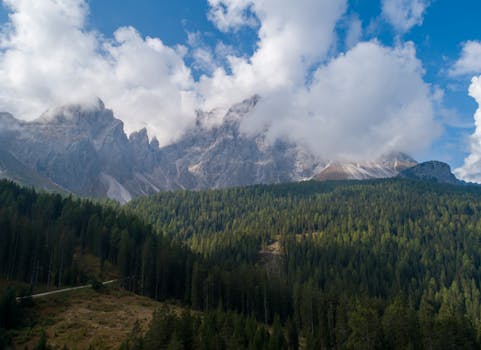
Ecosystems provide essential services, such as clean air and water, pollination of crops, and climate regulation. Climate change threatens these services by altering the balance of ecosystems. For example, changing precipitation patterns can lead to droughts or floods, impacting agricultural productivity and water supply.
Conclusion
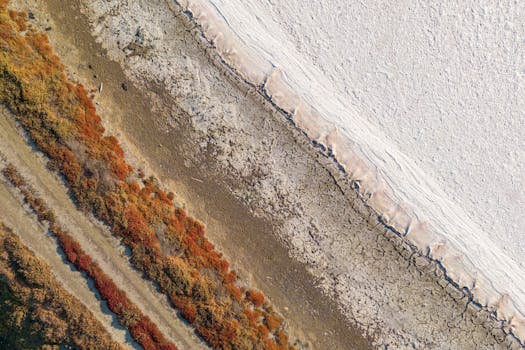
The impact of climate change on global ecosystems is profound and far-reaching. It is imperative that we take action to mitigate these effects and protect our planet’s biodiversity. Understanding the interconnectedness of species and their habitats is crucial for developing effective conservation strategies.





